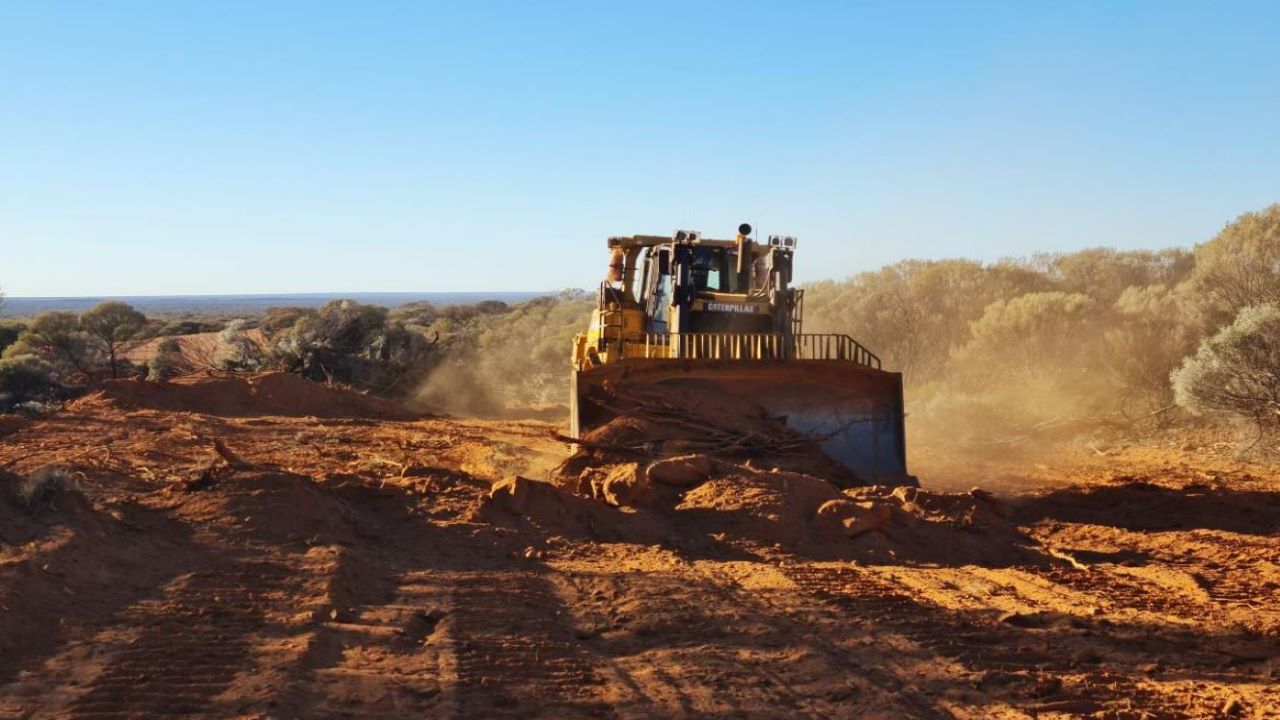
Australian mining is the cornerstone of many of the world’s mineral products, and none more so than iron ore. In 2020, Australia dominated production of iron ore, producing 900 million tonnes of the metal, 37.5% of global production, and more than double the second-highest producer, Brazil. While the vast majority of this production is centred in the Pilbara region of Western Australia, farther-flung corners of the country are involved in the sector, most notably the island of Tasmania.
The Tasmanian Government reported in 2016/17 that the state’s domestic mineral reserves were valued at A$1.82bn. Furthermore, mineral extraction and processing accounted for more than half of the state’s mercantile exports, highlighting the significant contribution that mining is already making to the Tasmanian economy. Yet miners have not been satisfied to rest on this historic production, and are always looking for new mineral deposits to explore and exploit.
One such deposit is a two million tonne reserve south of Waratah, which is now home to Venture Minerals’ Riley iron ore mine. The mine is a relatively new project, and shipped its first products from the Tasmanian port of Burnie in August this year.
However, it has immediately run into trouble, as a tumbling global iron ore price and pressure from conservation groups have caused Venture Minerals to suspend production at the facility. While the miner insists that this is just a temporary setback, the plight of the project, and its eventual fate, could help set a precedent for large-scale mining on an island where mining is not yet entrenched in the local economy and culture.







